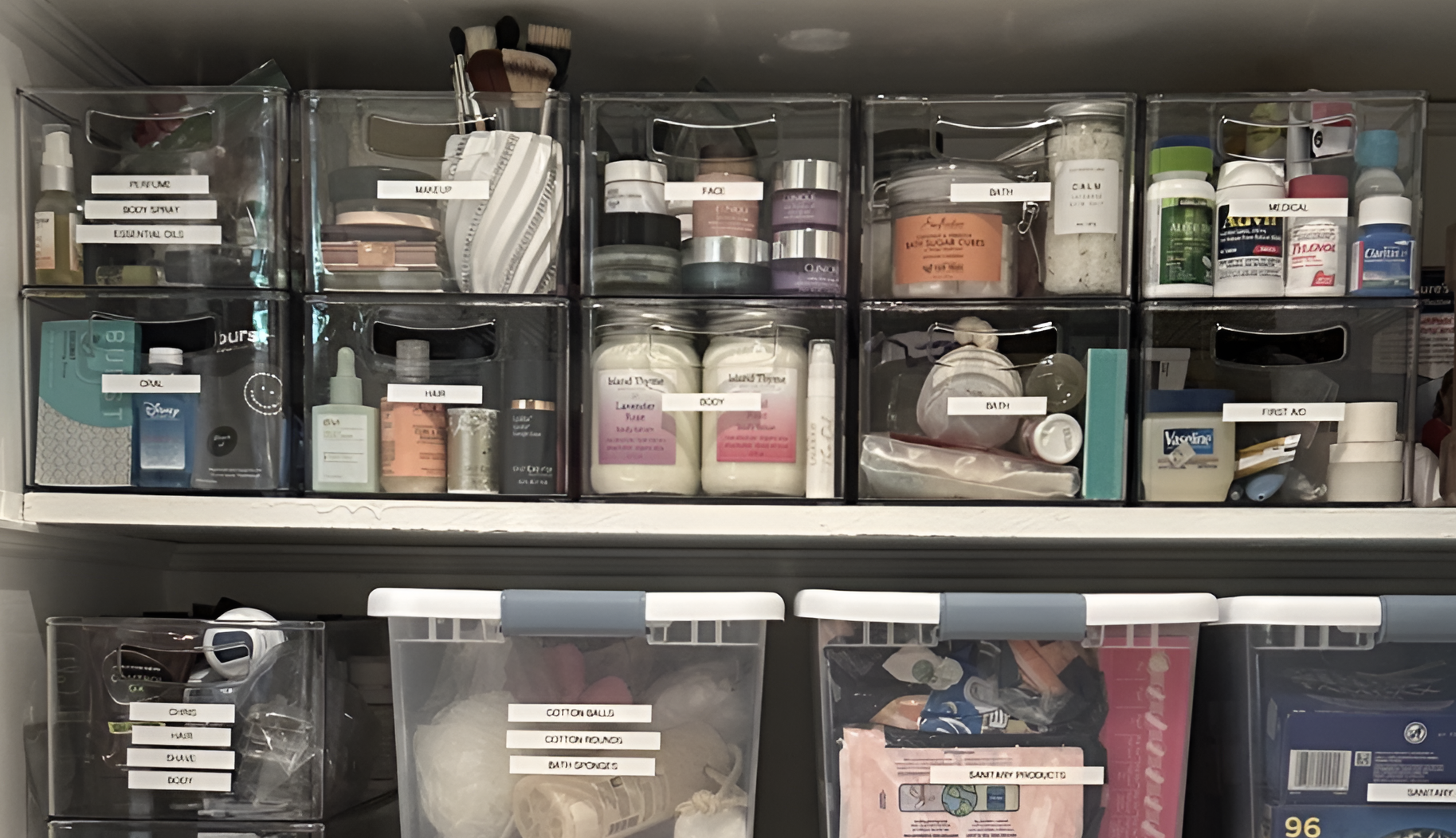How to Get Your Home Ready to Sell
For those of you who prefer to read, here is a transcription of my videoRead More
Did you know? Declutter your book collection, make an impact
We've worked in many homes with large personal libraries - which is great! In myRead More
How to Declutter Your Home in 10 Easy Steps
For those of you who prefer to read, here is a transcription of my videoRead More
Organizing for the post-holiday season
The winter holidays have come and gone. Don’t feel bad if that means your homeRead More
How to organize your garage
Before we get into how, we have to start with why do you want toRead More
Did you know? NAPO-CT is collecting for pets
I’m excited to share with our clients, and any readers who are interested, that MattRead More
Organizing For Small Spaces
How do you organize your space when there is no space? I was asked thisRead More
Holidays Made Easy: Organizing tips for the holidays
For those of you who prefer to read, here is a transcription of my videoRead More
Did you know? Responsible medication disposal
These days it can seem like there is an infinite number of medications outRead More
Did you know? New life for old paint
Paint. We all hang on to it. You painted your kitchen 15 years ago? YouRead More
Organizing Files by Category Made Easy
For years I have recommended the book, File Anything in Your Home: And Find ItRead More
Did you know? You can Recycle for Rewards
This post comes to you from team member Gabrielle House As I sit here typingRead More
5 Steps to an Organized Bathroom Closet
This post comes to you from one of our talented team organizers Gabrielle "Gab" House.Read More
Decluttering Email Made Easy
Like to easily declutter your email inbox? For those of you who prefer to read,Read More
Purge Paper Piles Pronto in 8 Steps
For those of you who prefer to read, here is a transcription of my videoRead More
















